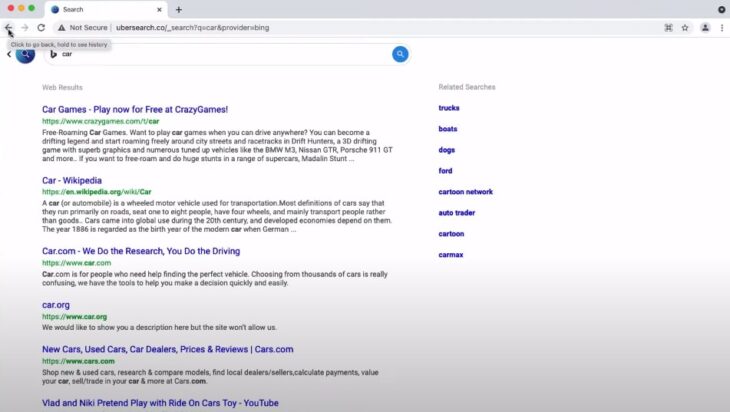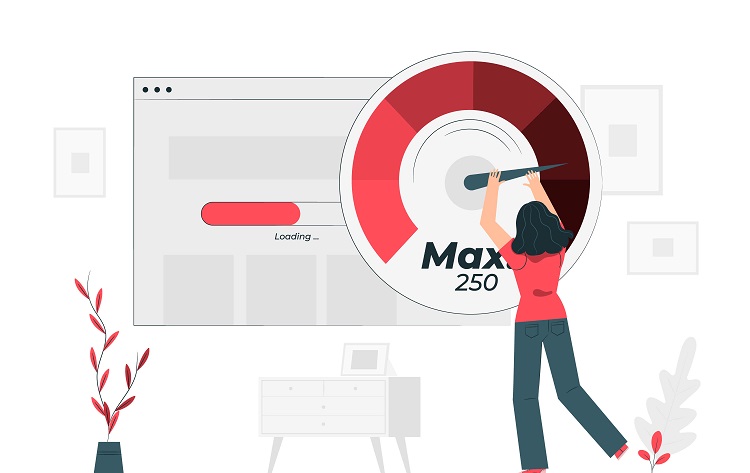At its core, this tool serves as a gateway to a multitude of resources, spanning from local business insights to expansive global knowledge. Beneath its surface of convenience and efficiency lie potential risks that users must navigate with awareness.
Table of Contents
ToggleKey Takeaways:
- Learn how it can get a lot of data from different sources.
- Discover pros and cons
- Know how to use it wisely and safely
What Are the Main Features?

This tool helps small businesses and people who start new things learn about the market, their competitors, and what customers want. It also has a map feature that shows where things are and how the market is in different places.
It can find many kinds of things on the internet, like web pages, documents, photos, and maps. It is good for different purposes. Students and researchers can use it to find papers and journals.
Other people can use it to find images, news, and information. The map feature also helps with finding places and directions. It is useful for work and personal life.
Popularity and Usage Statistics

Leading the pack in usage statistics are some of America’s most vibrant and bustling cities. Boston, with its blend of historical richness and technological innovation, stands at the forefront.
This is closely followed by New York, the ever-buzzing hub of commerce and culture. San Francisco’s tech-savvy populace, Los Angeles’ diverse communities, and Chicago’s business-oriented users also contribute significantly to the platform’s widespread use.
The reasons for its popularity in these urban landscapes are manifold. City dwellers, often pressed for time and seeking efficiency, find this tool particularly useful for its quick information retrieval and diverse search capabilities.
The integrated map functionality becomes a daily necessity for navigating the complex city streets and locating businesses or services.
| Feature | Description |
|---|---|
| Local Business Research | Comprehensive insights into market trends and competitor analysis. |
| Integrated Map Functionality | Detailed geographic data and navigation support for personal and professional use. |
| Diverse Content Search | Ability to find web pages, documents, photos, and maps, catering to a wide range of user needs. |
| Travel Deal Searches | Useful for finding budget-friendly travel options, including hotels and flights. |
Integration with Apps and Devices

When it comes to working with other apps and gadgets, this tool really shines. It’s all about making things simpler and more connected. Whether you’re using a smartphone, a tablet, or a laptop, this tool fits right in.
It’s like a digital Swiss Army knife – ready for anything, anywhere. One of the best parts is how it teams up with other applications. Imagine you’re planning a trip.
You use the tool to dig up some travel info, and boom – it links you up with map apps to show the way to your hotel or that secret beach spot everyone’s talking about. It’s like having a personal assistant in your pocket.
But it’s not just for big adventures. It’s super handy for day-to-day stuff too. Say you’re trying to find a new cafe nearby or figuring out the fastest route to a meeting.
Just pull out your phone, tap the app, and you’ve got answers in seconds. And the best part? It doesn’t matter if you’re Team iPhone or an Android enthusiast – this tool’s got you covered.
Where Are the Main Risks?
Now, it’s not all smooth sailing with this tool. There’s a bit of a catch. It’s been labeled as a potentially unwanted program (PUP). That might sound harmless at first, but it can be a bit of a headache.
Here’s the deal: sometimes, it acts like a sneaky browser extension. What this means is, without you even realizing it, your default search settings might get changed.
And that’s just the start. This tool can get a bit pushy with ads, popping them up all over the websites you visit. It’s like walking through a market with salespeople constantly calling out to you.
It’s not a virus, but it’s still something to watch out for. If you find it’s sneaked onto your device, you’ll probably want to get rid of it. Here’s how you can do that:
- Start by finding the program extension. It might be hiding in your browser’s settings.
- Once you’ve found it, give it the boot. Uninstall it from your browser.
- Then, take a moment to reset your browser settings. This should clean up any changes it made.
Impact on Safe Browsing and Downloading
Initially intended to enhance online safety and facilitate downloads, its current iteration raises concerns. It’s been noticed that the tool can sometimes bypass standard internet safety measures, including age restrictions, exposing users to potentially harmful content.
Interface Changes and External Links
Users have also reported significant changes to their browsing interfaces due to this tool. It tends to add external links and ads, altering the standard browsing experience. This not only clutters the interface but also raises the risk of inadvertently clicking on unsafe links.
Redirecting to Questionable Websites
One of the more concerning aspects is its tendency to redirect users to other sites, which could be insecure or harbor malware. This redirection compromises the safety and integrity of the user’s browsing experience, deviating from its original purpose of providing safe and reliable search capabilities.
User Experience and Feedback

Real user insights provide a spectrum of perspectives, revealing the multifaceted nature of the tool’s impact on digital interactions.
- Initial Reception and Praise: Initially, users were quick to praise its efficiency and ease of use. It streamlined the information retrieval process, allowing quick access to a vast array of data. Users appreciated the simplicity and speed with which they could find information, be it for academic research, personal queries, or professional needs.
- Decline in User Satisfaction: However, as the tool evolved, so did the user feedback, but not necessarily for the better. The transition from a straightforward, helpful add-on to a more complex and intrusive application led to growing user dissatisfaction. This shift was marked by an increase in unsolicited advertisements, unexpected browser changes, and privacy concerns, which collectively soured the user experience.
- Impact on Daily Digital Interactions: For many users, the tool, once a facilitator of smooth online navigation, became a source of digital disruption. The intrusion of ads and unwelcome changes in browser settings led to frustration and a feeling of loss of control over their online environment. This not only affected the efficiency of their online activities but also raised concerns over the security of their personal data.
- Navigating Usability Concerns: Long-time users often reminisce about the tool’s earlier days when usability was straightforward and user-centric. The addition of unwanted features and the tool’s aggressive tactics in altering user settings have become significant points of contention. These changes have not only made navigation more cumbersome but have also raised doubts about the tool’s reliability and trustworthiness.
- Feedback Channels and Response: User feedback, channeled through forums, reviews, and direct feedback mechanisms, has been critical in highlighting these issues. The response from the developers and their willingness (or lack thereof) to address these concerns has been closely watched by the user community. This feedback loop is essential in understanding how the tool might evolve in the future and whether it can regain user trust.
- Comparative Assessment with Competitors: Users are increasingly comparing this tool with its competitors, many of which offer similar functionalities without the downsides. This comparative assessment is pushing users to explore alternatives that align more closely with their expectations of privacy, user-friendliness, and non-intrusiveness.
FAQs
How do search engines make money?
Search engines make money mainly by selling advertising space on their result pages. Advertisers pay the search engine when someone clicks on their ads or views their impressions.
What 3 things do search engines do?
Search engines perform three basic operations: crawling, indexing, and ranking. Crawling is the process of finding and fetching web pages. Indexing is the process of storing and organizing the web pages. Ranking is the process of ordering the web pages based on their relevance to a query.
Is Ubersearch worth it?
Ubersearch is a free SEO tool that offers keyword research, competitor analysis, site audit, and more. It can be useful for finding new keyword ideas, identifying SEO issues, and monitoring your site’s performance. It can be a great solution if you just started an online business, like a blog or online store that requires a proper SEO strategy. However, it may not be as accurate or comprehensive as some other SEO tools.
What is the best search engine?
The best search engine depends on your preferences and needs. Some people may prefer Google for its speed, relevance, and features. Some people may prefer DuckDuckGo for its privacy and customization.
Some people may prefer Bing for its rewards and integration with Microsoft products. You can try different search engines and see which one suits you best.
Summary
Ubersearch, once a popular tool for easy access to information, now faces mixed reviews due to its invasive features and privacy concerns. Despite its initial success and widespread use, especially in major cities, the tool’s transition to a less favorable add-on has led many users to seek alternatives. Its journey reflects the challenges of maintaining user trust in the ever-evolving digital world.




